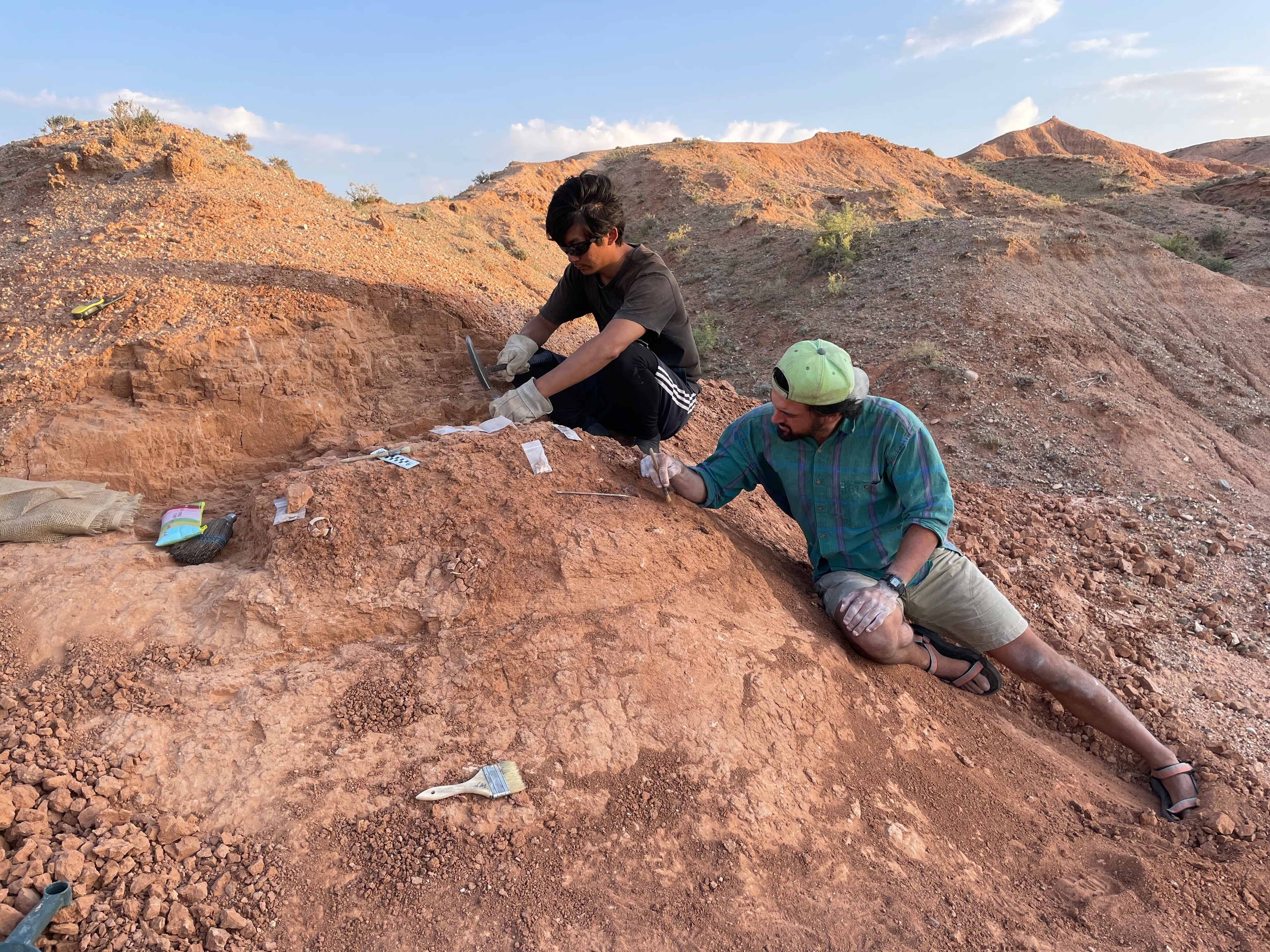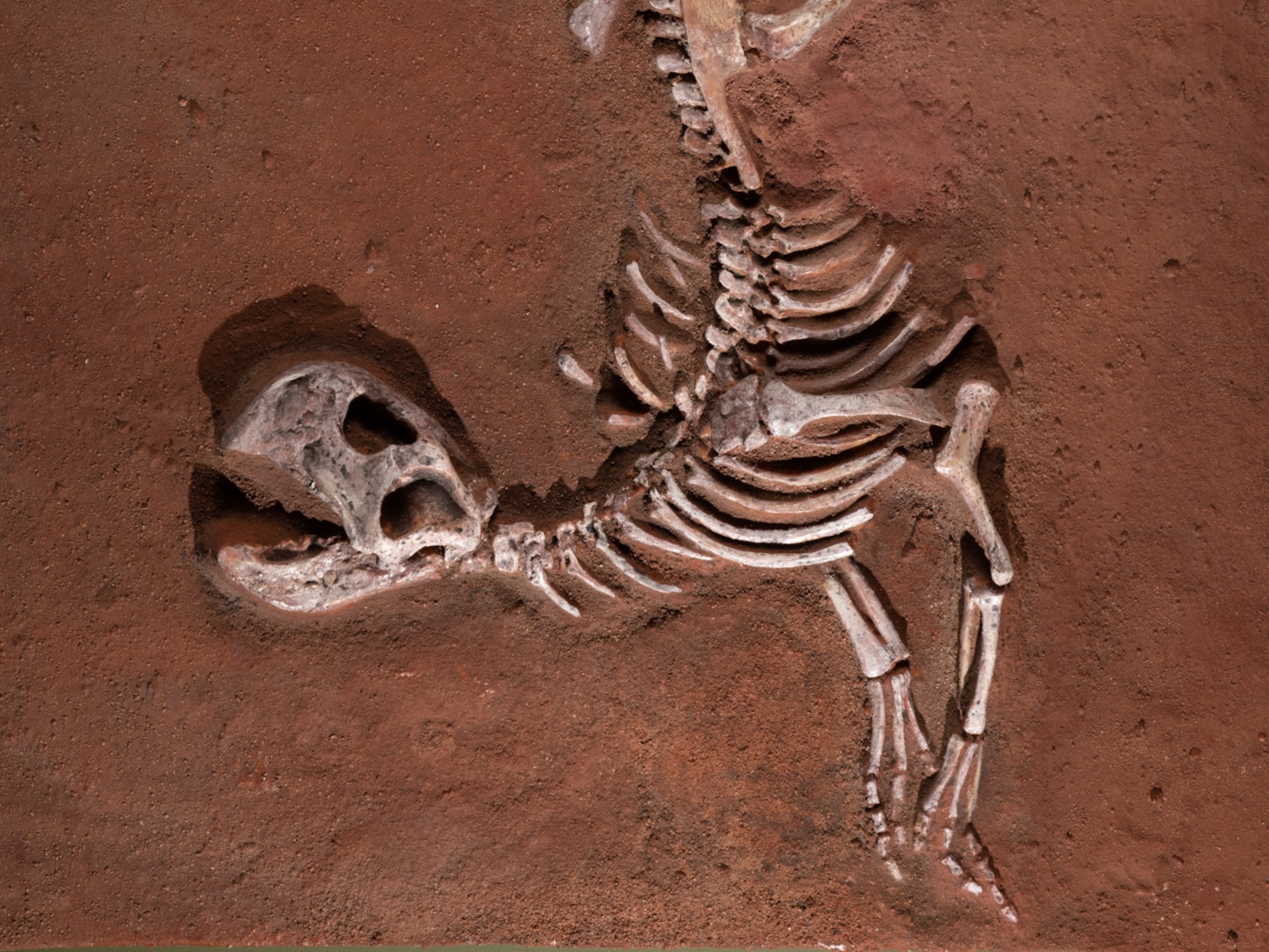Few fossils
Before 2014, paleontologists had only a handful of fossils from the tail of Spinosaurus. They theorized that its tail, like that of other theropods, was primarily used to balance the forward-leaning center of gravity and was most likely rigid. They thought the tail was also a secondary means of aquatic propulsion, adding thrust to the movement of the limbs as it crawled and waded in the shallows. (Read about how the bizarre Spinosaurus makes history as first known swimming dinosaur.)
A bone bonanza
Excavations in 2018 in Morocco found 131 additional bone fragments, including 36 vertebrae, fundamentally changing our understanding of the Spinosaurus tail.
Longer and more flexible
The latest find paints a much clearer picture of the tail. It is far more elongated vertically and less rigid than once thought, indicating that the tail was a powerful source of thrust in the water.
Studies of the tail show that it had up to eight times as much thrust as other theropod tails, allowing it to swim against currents and accelerate to capture prey.
Ancient wetlands
North Africa 95 million years ago had rich river systems. Ernst Stromer found the first Spinosaurus specimen in Egypt in 1912; the latest finds have been located in Morocco.
Putting the pieces together
The first ideas of how Spinosaurus looked were informed by a limited fossil record and a narrow understanding of dinosaurs in general. Further finds have added to our concept of what Spinosaurus looked like, leading us to the aquatic predator we now see.




